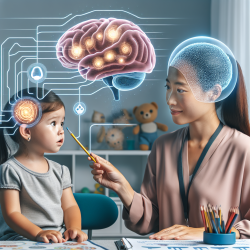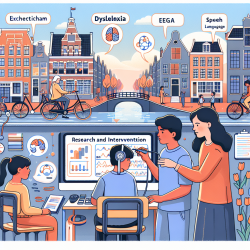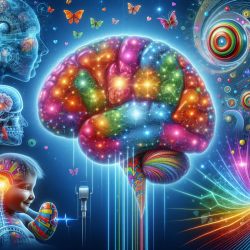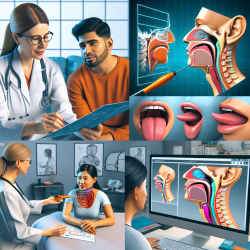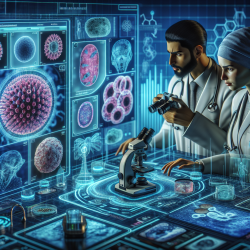Introduction to Brain Organoids
The complexity of the human brain has always posed a challenge for researchers and practitioners in understanding its development and disorders. Traditional models, such as animal models, have provided insights but fall short in replicating the intricacies of the human brain. Enter brain organoids—3D structures derived from stem cells that mimic the developing human brain. These organoids offer a novel platform for studying neurodevelopment and neurological disorders, providing a closer approximation to human brain development than ever before.
Implications for Speech-Language Pathologists
For practitioners in the field of speech-language pathology, the insights gained from brain organoid research can be transformative. These organoids provide a window into the cellular and molecular mechanisms underlying neurodevelopmental disorders, many of which affect communication skills. Understanding these mechanisms can enhance the development of targeted therapeutic strategies.
For instance, brain organoids have been used to model disorders such as autism spectrum disorder (ASD) and primary microcephaly, both of which can impact speech and language development. By studying these models, practitioners can gain a deeper understanding of the biological underpinnings of these conditions, potentially leading to more effective interventions.
Data-Driven Decision Making
As a data-driven field, speech-language pathology can greatly benefit from the quantitative insights provided by brain organoid research. The ability to model specific brain regions and observe the effects of various interventions in a controlled environment allows for the collection of robust data. This data can inform evidence-based practices, ensuring that interventions are grounded in the latest scientific research.
Encouraging Further Research
While brain organoids offer promising insights, there is still much to learn. Practitioners are encouraged to stay informed about ongoing research and consider how these findings can be integrated into their practice. Collaborating with researchers to explore the implications of brain organoid studies can lead to innovative therapeutic approaches that improve outcomes for children with communication disorders.
Conclusion
Brain organoids represent a significant advancement in our understanding of human brain development and disorders. For speech-language pathologists, these insights offer the potential to refine therapeutic strategies and improve outcomes for children. By embracing data-driven approaches and staying engaged with ongoing research, practitioners can ensure they are providing the most effective care possible.
To read the original research paper, please follow this link: Brain Organoids: Studying Human Brain Development and Diseases in a Dish.
